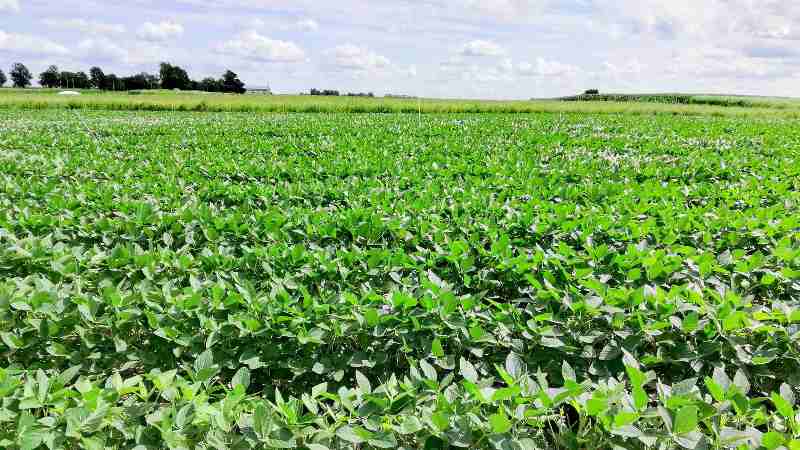Farmers may soon have a powerful new tool in the fight against climate change that doesn’t come at the cost of ozone layer recovery. Research from the University of Sheffield reveals that specific farming methods can significantly reduce nitrous oxide emissions while safeguarding the ozone layer that protects Earth from harmful UV radiation.
Tackling a Super-Pollutant
Nitrous oxide (N2O) is a greenhouse gas 300 times more potent than carbon dioxide. Agriculture is a major source of N2O emissions. The new study, published in npj Climate and Atmospheric Science, shows that using specialized fertilizers and crushed basalt rocks could cut farm N2O emissions by about 25% without slowing ozone layer recovery.
Dr. Maria Val Martin, a UKRI Future Leaders Fellow at Sheffield and co-author of the study, explained: “The results showed that a feasible use of fertilisers with nitrification inhibitors and enhanced rock weathering could cut agricultural N2O emissions by about 25 per cent without hindering ozone recovery.”
Dual Benefits for Climate and Farmers
The research team used advanced computer modeling to simulate how N2O reduction strategies would affect the atmosphere under different climate scenarios. Their findings suggest these methods could provide substantial climate benefits while protecting the ozone layer and reducing harmful UV exposure.
Professor David J Beerling, Director of the Leverhulme Centre for Climate Change Mitigation and study co-author, highlighted the economic advantages: “The findings emphasise the importance of N2O mitigation for sustainable agriculture, aligning with efforts to reach net-zero emissions while still supporting increased food production for a growing population.”
He added, “The study has highlighted cost-effective methods for reducing N2O emissions, such as enhanced weathering of agricultural soils with crushed basalt. These practices offer financial savings for farmers and can reduce the overall cost of achieving climate goals, benefiting taxpayers and consumers.”
This research bridges the gap between climate change mitigation and ozone layer protection, offering a comprehensive approach to environmental policy. The study’s authors hope their findings will influence policymakers to integrate N2O mitigation measures more robustly into climate action plans, potentially leading to new regulations and incentives for farmers.
By demonstrating that reducing farm N2O emissions is both safe and effective in combating climate change while protecting the ozone layer, this study paves the way for farming practices that benefit both the planet and people. As agriculture faces the dual challenges of feeding a growing population and reducing its environmental impact, such innovations could prove crucial in creating a more sustainable future.


